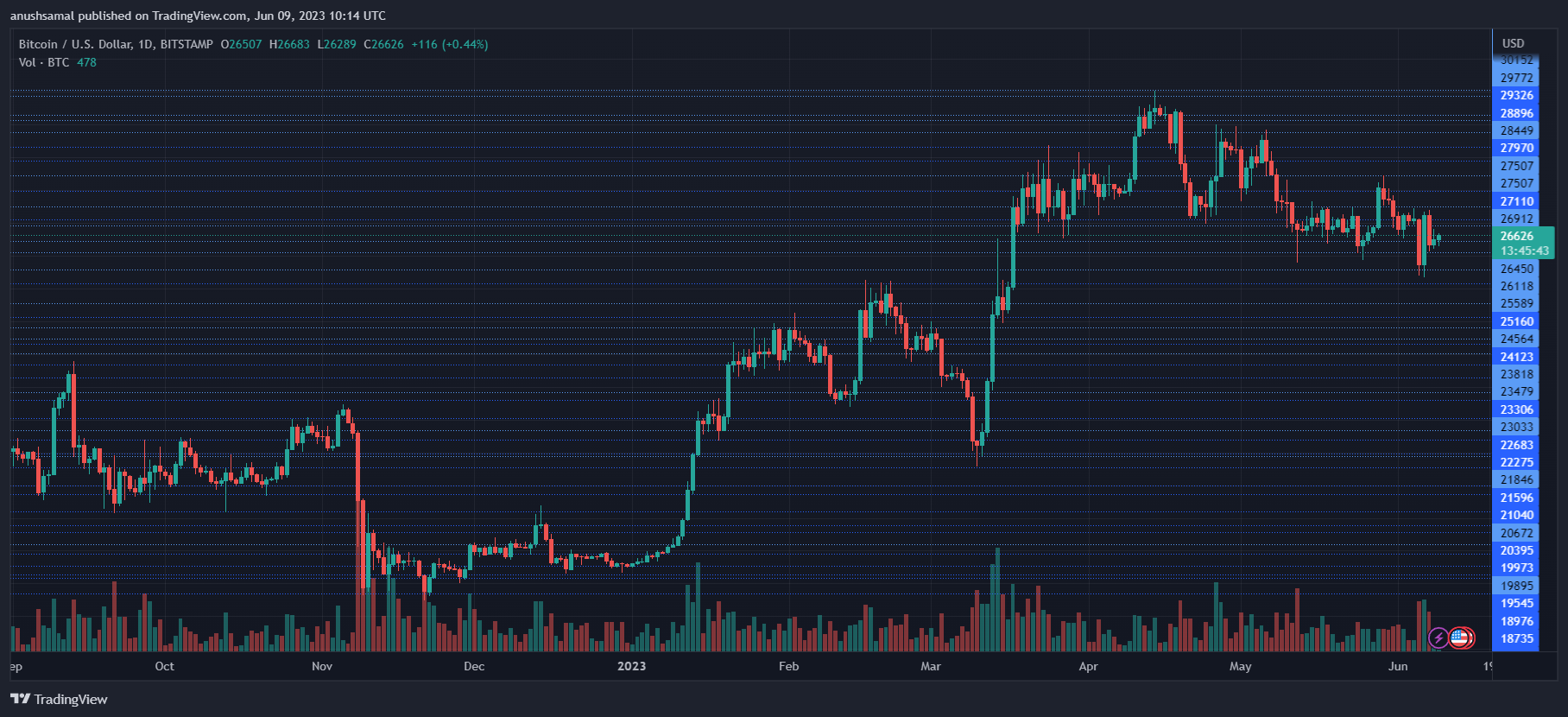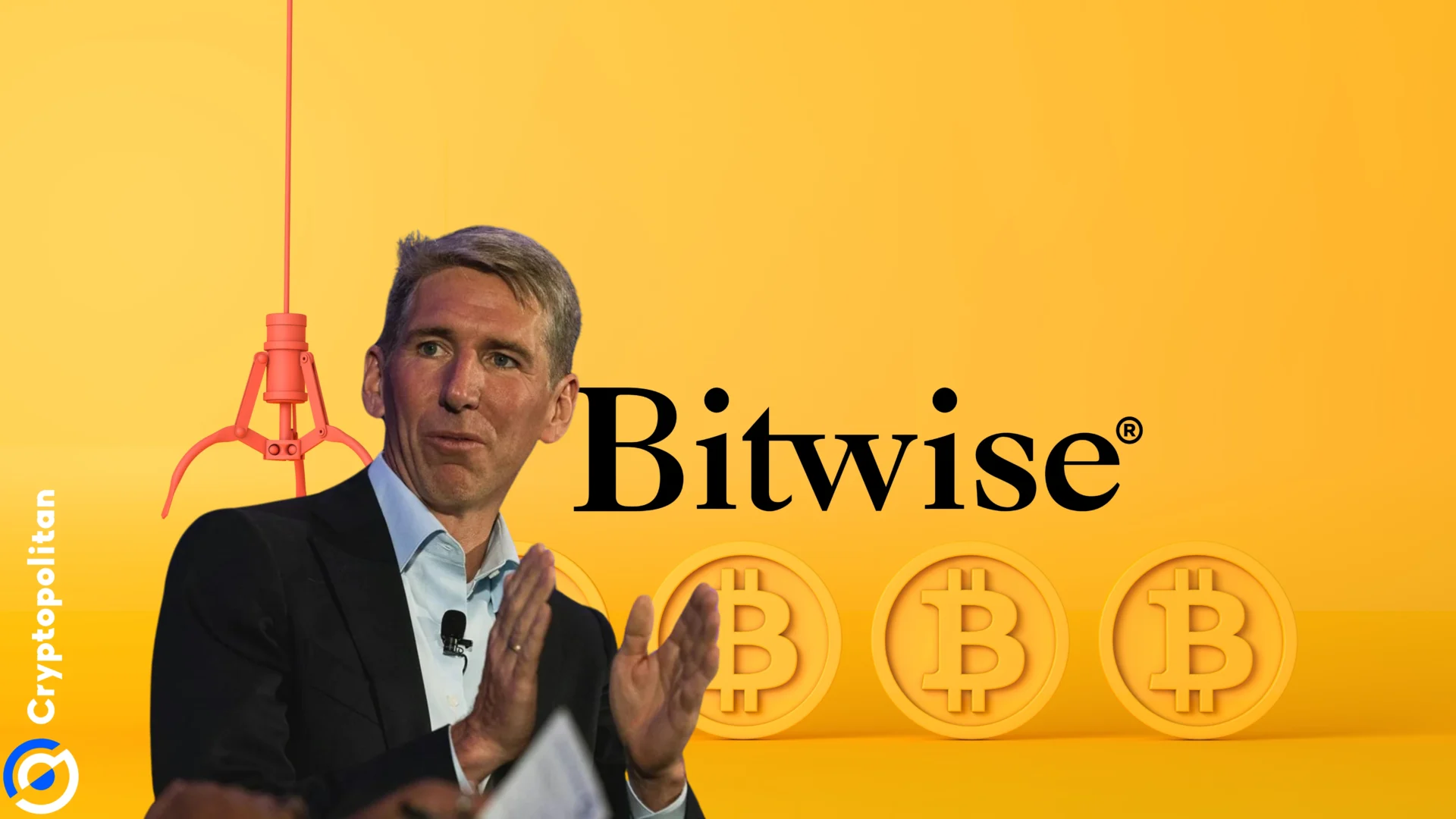The Reserve Bank of India (RBI) is strategically working towards acquiring one million active customers on its central bank digital currency (CBDC) or e-rupee by the conclusion of this month.
In response to a media inquiry regarding the anticipated launch of CBDC, T Rabi Sankar, the Deputy Governor of the RBI, confirmed, however, that there is still no fixed date for its release.
Shankar emphasized that the transition to CBDC usage across the country will be a gradual and calibrated process, primarily focused on internalizing the lessons learned from the increasing adoption of CBDC.
Major Indian Cities Launch Pilot Program for CBDC Implementation
On December 1, 2022, the Reserve Bank of India (RBI) commenced the initial pilot phase for the e-rupee in the retail segment. This phase was limited to select locations and involved a closed user group consisting of customers and merchants nationwide.
Related Reading: EU Commission Partners With Blockchain Platform Protokol For Digital Educational Credential Project
Concurrently, starting from November 1, 2022, a pilot program for the e-rupee in the wholesale segment was also launched. This program facilitated secondary market transactions in government securities and involved the participation of nine banks. These initiatives marked important steps in testing and implementing the e-rupee in different sectors of the economy.
The pilot program for the central bank digital currency (CBDC) was initially launched in four cities: Mumbai, New Delhi, Bengaluru, and Bhubaneswar.
It was conducted with a select group of customers and merchants in these locations. And as the program progressed and gained insights, it gradually expanded its reach to additional cities across the country.
Some of the cities included in the expansion were Ahmedabad, Chandigarh, Gangtok, Guwahati, Hyderabad, Indore, Kochi, Lucknow, Patna, and Shimla.
RBI To Interoperate CBDC QR Codes With UPI System
This expansion allowed for a broader range of participants to experience and provide feedback on the CBDC initiative. Initially, the CBDC project involved the participation of four banks: State Bank of India, ICICI Bank, YES Bank, and IDFC First Bank. These banks played a crucial role in the early stages of the project.
However, as the pilot program progressed and demonstrated promising results, more banks recognized the importance of participating in the e-rupee initiative.
Subsequently, the Bank of Baroda, Union Bank of India, HDFC Bank, and Kotak Mahindra Bank also joined the project, expanding the collaborative effort among various financial institutions in the development and implementation of the CBDC.
According to the deputy governor of the RBI, the central bank is planning to make CBDC QR codes interoperable with India’s highly successful Unified Payments Interface (UPI).
The UPI system facilitates digital banking transactions, enabling individuals and merchants to receive payments through various channels such as debit or credit cards, internet banking, and mobile wallets.
In India, UPI has gained significant popularity, with QR code scanning being a widely utilized feature for seamless payments between individuals and merchants. In the case of CBDC, the recipient can receive the digital currency and securely store it in a wallet.
The integration of CBDC QR codes with UPI will provide users with a convenient and familiar method to transact and utilize digital currency, further enhancing the usability and adoption of CBDC in the Indian financial ecosystem.






